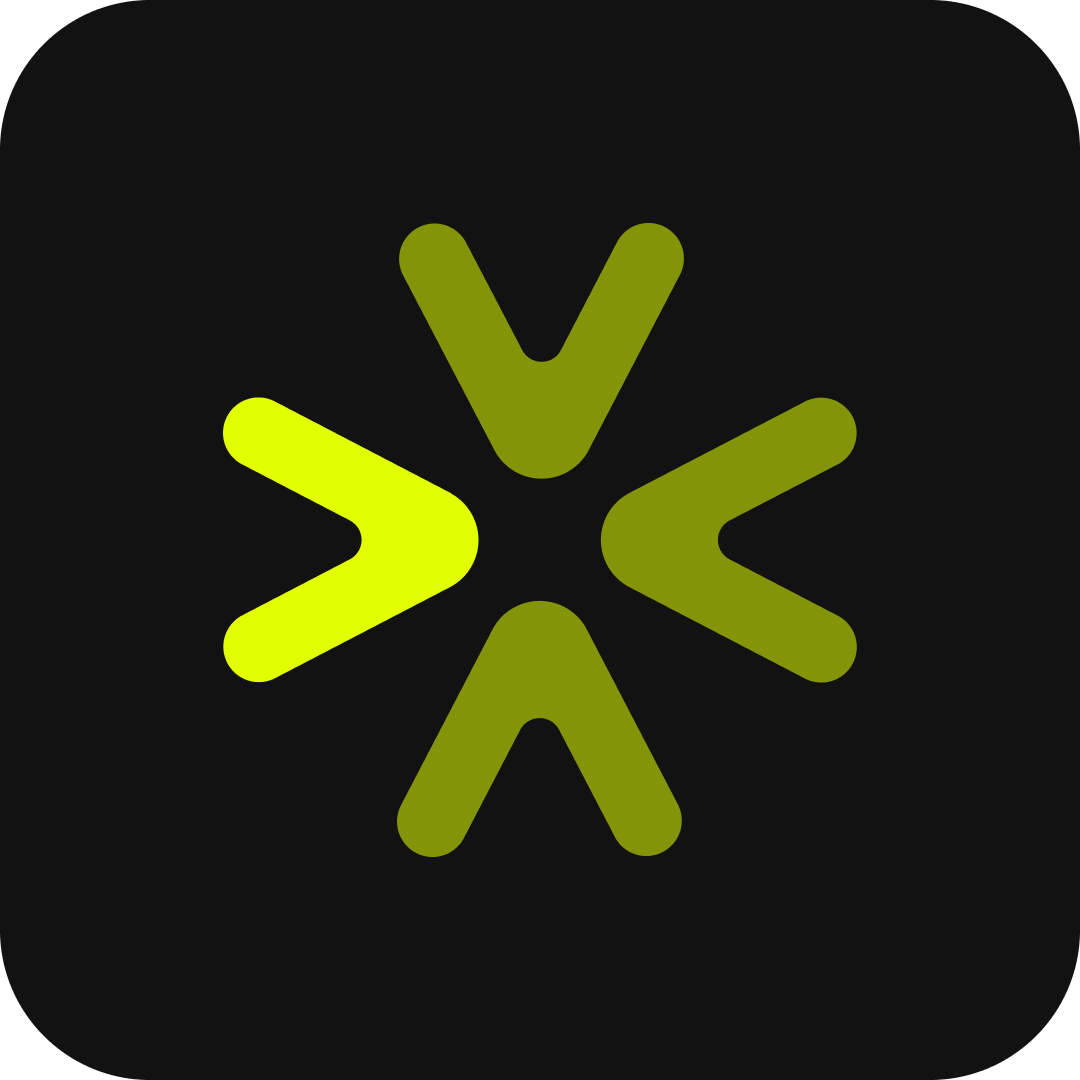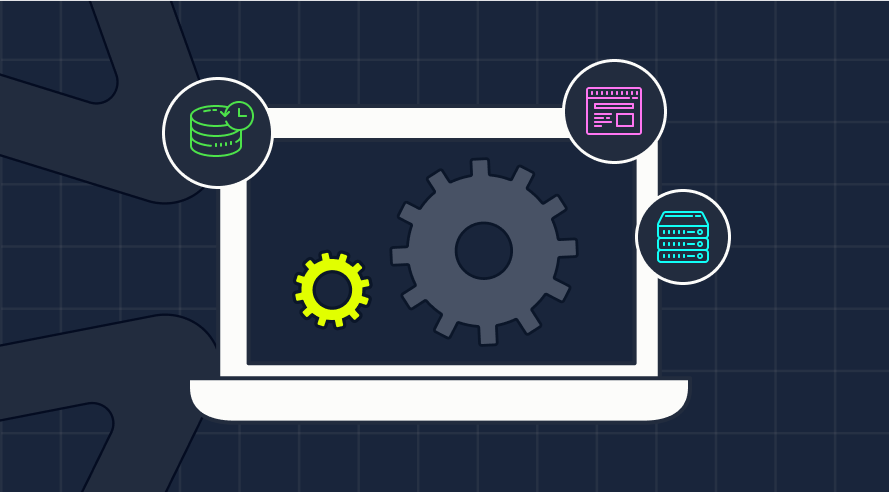A distributed application is a group of independent computers (nodes) that run on different servers and work together as a cohesive unit to perform large computational tasks to deliver seamless user experiences.
You might have already built distributed applications without knowing it. For example, consider the architecture diagram depicted below.
Figure: A typical distributed application
If you’ve done some development with AWS, you’ve likely designed architectures like this. The diagram above showcases a typical serverless workflow in AWS that uses services like AWS Lambda, DynamoDB, SQS, and EventBridge. All of these services run in multiple locations.
For instance, you could have Lambda functions running in the US while your databases are running in Europe. Likewise, your application is distributed in nature, but all of these components communicate with each other using well-defined protocols to fulfill a user request.
How does a distributed application work?
All distributed applications rely on a set of inter-connected networks to work. The networks are used to distribute computational tasks across multiple nodes connected in the distributed system.
But, most importantly, it’s essential to understand that there are different types of distributed systems.
- Distributed applications: These are your traditional applications with distributed components that communicate with one another over a network to process a request.
- Distributed computing applications: These are specialized distributed systems that contain distributed nodes that work together to fulfill a specific task. For example, there can be cases where you will need quick parallel processing power to crack a password.
- Distributed consensus systems: These specialized distributed systems work together to decide within a system. For example, if you were building a system that parallelly checks if a number is prime, you might want to make a consensus-based system in a distributed manner to ensure faster processing.
However, regardless of the case, all distributed applications require some mechanism to distribute data and communicate across their nodes. Usually, these systems adopt a well-defined communication standard such as a REST, SOAP, or a Telemetry Transport based communication approach (through Pub-Sub) for simplified communication.
These nodes would also use a communication mechanism from either an orchestration or a choreography-based system.
By adopting these standards, these nodes can exchange messages and data to coordinate their activities with no issues whatsoever, allowing the application to work faster and handle large workloads that would be challenging for a single machine.
What are the characteristics of a distributed application?
At its core, all distributed systems adopt a concept known as “transparency.” In the context of distributed applications, transparency refers to the visible distribution level to a user.
Rule of thumb: A well-designed distributed application will always be seen by the user as a single application, not a distributed app.
To bring about such an experience, there are eight characteristics that a development team must consider when building distributed apps.
- Access Transparency: Ensures client applications can access distributed resources without knowing their physical location or distribution across multiple nodes.
- Location Transparency: This aims to abstract the physical location of resources in a distributed application. Whether a resource is on the same machine or distributed across multiple nodes, location transparency allows for uniform access mechanisms.
- Migration Transparency: This ensures the system can adapt to changing conditions, such as hardware failures or load balancing requirements, by seamlessly migrating resources without disrupting ongoing operations.
- Replication Transparency: Manages the replication of data or services across multiple nodes in a distributed application.
- Concurrency Transparency: Ensures client applications can concurrently access shared resources in a distributed application without conflicts or synchronization issues.
- Failure Transparency: It ensures that the overall system continues to function even if nodes fail and provides uninterrupted services.
- Performance Transparency: This abstracts the variations in network latency, node capabilities, and workload distribution, ensuring that client applications experience a uniform and reliable performance regardless of the underlying system complexities.
- Scaling Transparency: It abstracts adding or removing resources from the system. This ensures that the application can handle increased demand without disrupting ongoing operations.
It’s recommended that a distributed application possess all eight types of transparency characteristics to ensure a desirable experience for its clients.
Advantages of distributed applications
Distributed applications have brought about a vast number of benefits for their users.
- Highly resilient: In a distributed environment, each node can work independently. Hence, if one application fails or breaks down on a machine, it will not affect the performance of other applications over the network.
- Better scalability: The application can quickly scale up by adding more nodes to the system without interrupting the system’s overall performance.
- Improved performance: Distributed applications reduce response latency. The query response to the users is provided from a machine closer to them in the geographical location rather than from a centralized resource.
Challenges of managing distributed applications
However, this does not mean that a distributed application is always beneficial. There are some critical drawbacks to building distributed applications.
- Increased complexity: As you distribute your application, you increase the number of moving parts. This means getting a high-level view of your overall application becomes harder.
- Blind spots: As your application becomes distributed, your app will likely have more blindspots as there can be times when you cannot always map out a full picture
- Troubleshooting: Since your application is distributed, tracing requests and isolating errors is harder.
Monitoring and troubleshooting distributed apps with Helios
While distributed applications have become the stepping stone for building modernized applications, monitoring them introduced new challenges. To simplify complexity, address blind spots, and simplify troubleshooting of distributed apps, many organizations adopt monitoring and observability tools.
Helios is a dev-first observability platform that helps Dev and Ops teams shorten the time to find and fix issues in distributed applications. Built on OpenTelemetry, Helios provides traces and correlates them with logs and metrics, enabling end-to-end app visibility and faster troubleshooting.










